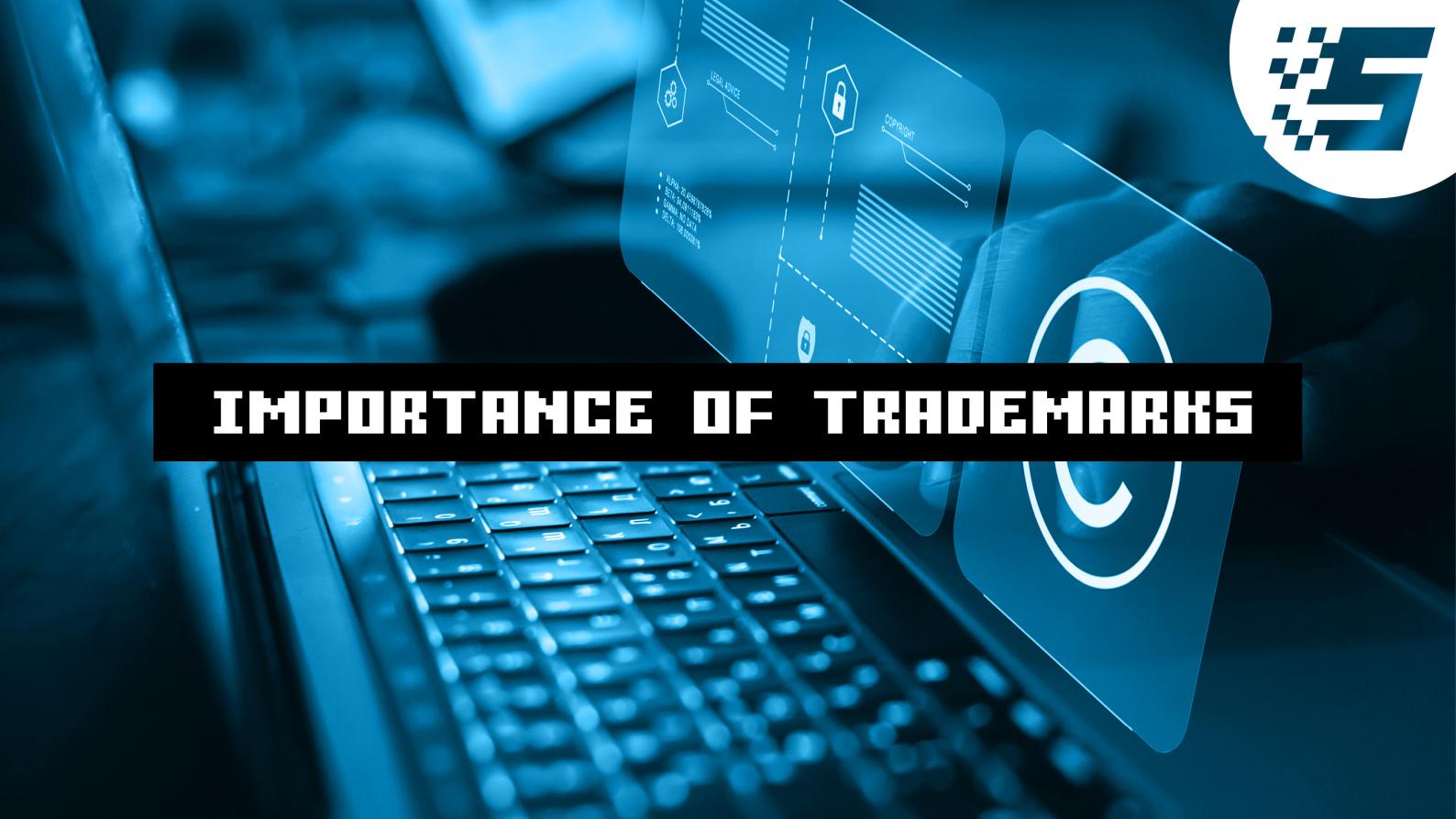
The Importance Of Trademarks In The Metaverse
In the simplest of terms, the metaverse can be thought of as a virtual space where participants can interact and connect with each other in a myriad of ways. This includes gaming, collaborating, shopping, and exploring without leaving the comfort of your couch. Some of this functionality already exists on certain platforms.
The metaverse is still developing, but it has gained a foothold in a number of sectors and is expected to grow and become an ever richer environment for its users.
Think of it as a sophisticated make-believe world in which consumers experience life virtually. For example, shoppers can travel to special and exotic locations, purchase virtual products, drive virtual autos or yachts, buy expensive and unique works of art, and more. The space is expanding day by day.
A large number of these new virtual experiences or goods will have the added allure of coming in the form of an NFT (non-fungible token) – a unique digital creation. Consumers of this new virtual (VR) and augmented reality (AR) will spend real money (in the form of digital currencies) to participate.
The metaverse has already gained a foothold in a number of sectors. The gaming universe, for example, has become a leader in developing the new space.
Sports leagues are joining in, providing ways of purchasing NFT trading cards or attending the next generation of fantasy league events. Fans can attend a virtual musical event such as a concert by American rapper Travis Scott. But this is just the beginning. The metaverse is expected to evolve, becoming a richer environment for the user community.
Protecting Your Brand In The Metaverse
Much like in the physical world, a host of legal issues will arise in the metaverse, such as privacy, data collection, antitrust or anti-competition, free speech, defamation, and intellectual property issues, from copyright to patents to trademarks. The task brand owners have in protecting their brands in the metaverse is a critical one. It will require a legal strategy.
Brand owners should consider how to construct their virtual marketplace with appropriate trademark registrations, robust policing strategies, and appropriate licenses and terms of use when operating in the metaverse (mindful to avoid legalese so that users are not put off from participating).
Trademark Registration
If your company is contemplating selling branded digital goods and services in the metaverse, you should consider filing trademark applications as soon as possible. But how would you apply to protect your brand for digital shoes? Which description of goods and services is appropriate, and what type of classification is apt?
Some companies have implemented broad filing programs already, such as footwear giants Nike and Converse. Both of these brands recently filed applications in the United States Patent and Trademark Office. Not surprisingly, companies in fashion, cosmetics, sports, and entertainment are filing applications for their trademarks in regard to their connection to virtual offerings. While many of these applications have yet to undergo much scrutiny, they offer a road map of possible ways to achieve trademark registrations for virtual goods.
Companies are generally filing for protection in relation to a handful of set classes of goods, including:
- Class 9 – downloadable virtual goods, namely computer programs
- Class 35 – retail store services featuring virtual goods
- Class 35 – entertainment services
- Class 36 – financial services, including digital tokens
- Class 42 – online non-downloadable virtual goods and NFTs
As various trademark offices examine applications, the outline for the classification of goods and services as well as other issues will likely become more standardized. Those guidelines will help to serve later applicants moving forward.
In most jurisdictions, the first entity to file owns the rights of a trademark. Even in the United States, where actual uses in commerce will trump a prior filing date, early filing with intent to use is critical; the date of filing will show on record as the first use date, even if actual use doesn’t occur until later.
What Are The Challenges
Not surprisingly, bad actors have tried to usurp valuable trademark rights in the metaverse by submitting preemptive filings. Bad faith applications for metaverse trademarks abound, such as in the United States, where bad faith applications have been spotted recently for fashion brands Prada and Gucci, among other companies. These bad filings present a major challenge for some trademark owners. Combatting such bad faith applicants comes with potentially huge legal fees and can drain corporate resources.
NFTs (non-fungible tokens) present special consideration in terms of ownership. An NFT by artist Beeple was recently auctioned off at Christie’s that fetched $69 million. The enormous price tags NFTs carry will undoubtedly spawn a number of hotly contested legal challenges if things go awry.
In instances resembling counterfeiting, brands may have to rely upon the likelihood of confusion analysis that is the basis of trademark infringement claims. In that circumstance, a ruling would have to be made on whether the goods and services, virtual and real, are alike or on very different channels of trade, as a trademark office might when considering opposition to an application for virtual goods. Trademark owners and their lawyers might need to evaluate whether they should also allege claims in instances of false advertising and claims at common law like misappropriation and passing off.
Policing brands may become harder than ever in the metaverse. The NFT market is awash with frauds already, and users have been venting their frustrations. Calls for OpenSea (the largest NFT marketplace) and other NFT markets to better police their operations are ongoing.
Trademark risks abound in the wild-west environment of the metaverse’s early days. Firstly, sales that rely on the goodwill of brands may accrue to people other than the brand owner. Secondly, customers who purchase fraudulent NFTs may end up disgruntled that expensive items are not authorized branded goods as the value they had invested in the NFT disappears.
As is conceived today, the metaverse will become an ever-increasingly expansive space with a huge number of participants. No doubt, monitoring services will develop with special modalities for searching the metaverse for any fraudulent trademark uses. Customer engagement is one useful way through which brands can learn of misuse. For now, enforcement activity will go the old-fashioned route; cease-and-desist letters and follow-up litigation.
Does Exhaustion Of Rights Apply To Virtual Goods Sales?
When an individual purchases tangible items, be they apparel, home appliances, or a car, the individual has the right to do with them as they please. They may want to change an item’s appearance or functionality, give it away, sell it on a secondary market, maybe even destroy it. The doctrine of exhaustion of rights gives trademark owners no ongoing ability to control their goods in the marketplace once sold.
What happens when the item is digital as opposed to a tangible piece of property? At this point, more questions arise than answers. For example, what rights does the buyer have with the virtual item they purchased? And perhaps more importantly, what rights do buyers think they have? Are trademark owners’ rights exhausted at sale, or do they continue to have rights in a transferred piece of intellectual property? Do trademark owners have any ongoing obligations to buyers or subsequent transferees?
These trademark issues, handled without care, may end up diminishing goodwill should consumers become disenchanted with how the branded virtual merchandise is marketed in the metaverse. As is the case on social media currently, faux pas in the metaverse will likely have immediate negative consequences for brands.


